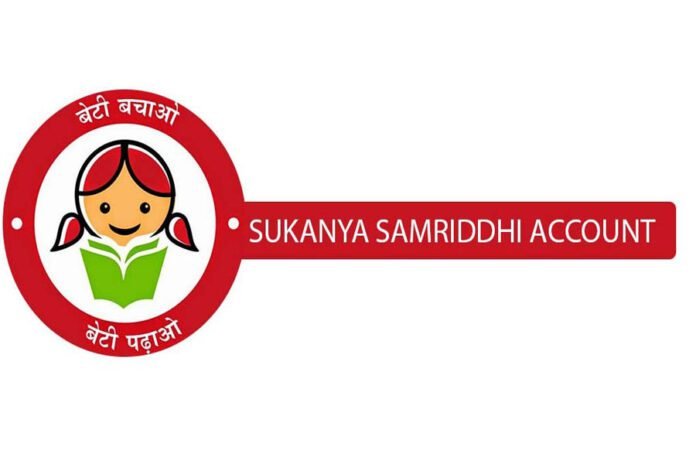When considering the future financial security of their daughters, parents often seek investment avenues with promising returns. Currently, numerous options are available to secure their daughters’ education and marriage.
Sukanya Samriddhi Yojana, a government-backed initiative, offers a risk-free investment opportunity. Alternatively, Mutual Funds, particularly through SIP, offer the potential for higher returns albeit with associated risks.
Sukanya Samriddhi Yojana (SSY)
Key Features:
- Interest Rate: The Government of India provides an attractive interest rate of 8.2%.
- Investment Range: Minimum investment starts from Rs 250, up to a maximum of Rs 1.5 lakh annually.
- Maturity Period: The scheme matures in 21 years, with a mandatory 15-year investment period.
- Risk Profile: Zero risk with guaranteed returns.
- Tax Benefits: Falls under the EEE (Exempt, Exempt, Exempt) category, offering tax benefits.
Mutual Funds via SIP
Key Features:
- Potential Returns: Offers higher returns, typically around 12%, albeit subject to market fluctuations.
- Investment Approach: Linked to the stock market, providing opportunities for growth.
- SIP Advantage: Systematic Investment Plan allows investors to accumulate a substantial fund by making regular monthly contributions.
Return Analysis:
Sukanya Samriddhi Yojana:
- Investment of Rs 5,000 monthly accumulates to Rs 9,00,000 over 15 years.
- At maturity, expected returns amount to Rs 27,71,031.
SIP Investment:
- Continuous investment of Rs 5,000 monthly over 15 years totals Rs 9,00,000.
- With an average return of 12%, the projected interest after 15 years is Rs 16,22,880.
- Total withdrawal sum amounts to Rs 25,22,880.
SSY vs. SIP:
- Risk and Return: SSY offers guaranteed returns without risk, while SIP’s returns are market-dependent, implying a certain level of risk.
- Tax Implications: SSY provides tax benefits under the EEE category, whereas SIP investments do not offer similar tax advantages.
- Flexibility: SSY has an age restriction, requiring daughters to be under 10 years old to avail benefits. SIP, on the other hand, offers flexibility with no such age limit, allowing investments to commence at any time.
In conclusion, the choice between Sukanya Samriddhi Yojana and Systematic Investment Plan hinges on individual preferences regarding risk tolerance, tax considerations, and flexibility requirements. While SSY ensures stable returns with tax benefits, SIP offers the potential for higher returns albeit with associated market risks.


